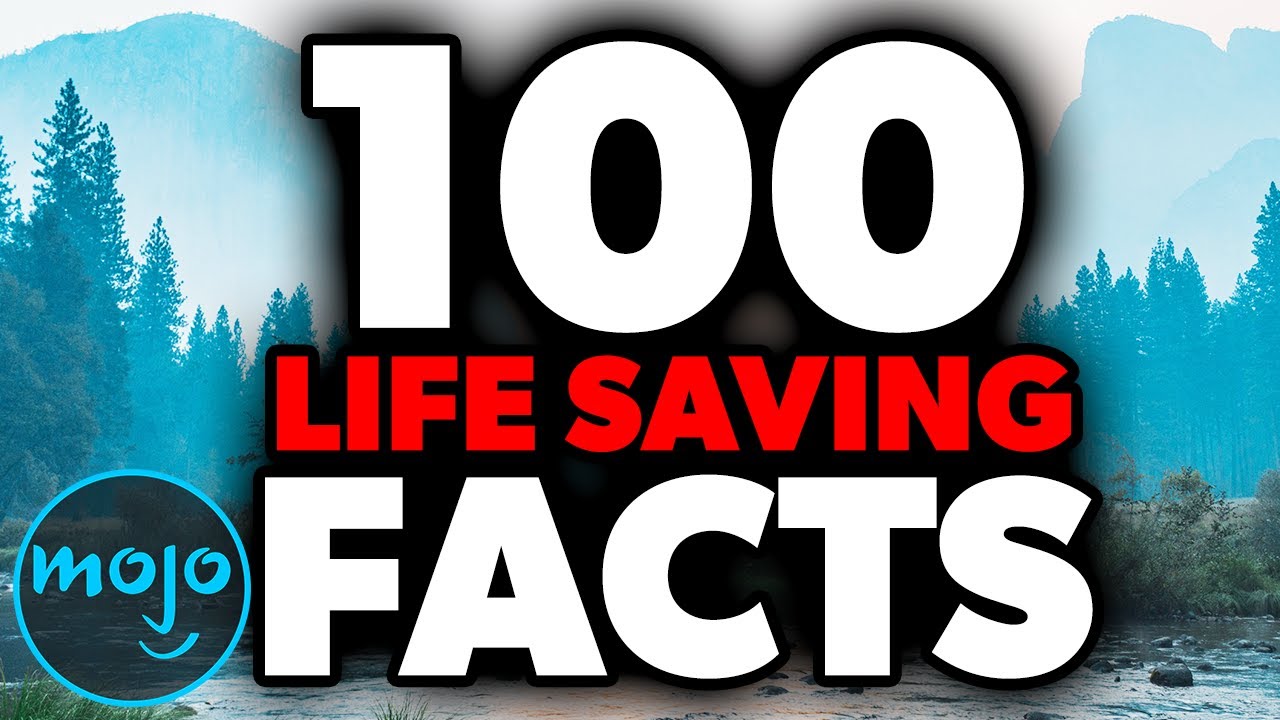COMO CHAMAR AJUDA DO BOMBEIRO/SAMU
Summary
TLDRIn this informative video, Maicon and Rodrigo educate viewers on how to properly request emergency services like SAMU or firefighters in critical situations. They emphasize the importance of staying calm, providing clear and accurate information, and understanding the scenario, such as the location and the victim’s condition. The video aims to raise awareness about emergency protocols, targeting both health professionals and laypeople. The hosts share their experiences from working in emergency services, offering practical tips to ensure effective communication with emergency responders to save lives.
Takeaways
- 😀 Always stay calm when calling emergency services to ensure the information is communicated clearly and effectively.
- 😀 Clearly identify the type of emergency (e.g., car accident, drowning, heart attack) to help responders prepare adequately.
- 😀 Provide your location precisely, mentioning street names and important landmarks to guide emergency responders.
- 😀 If possible, be at the scene of the emergency to give accurate information about the situation and avoid sending unnecessary resources.
- 😀 When calling, provide your name and role (e.g., witness, healthcare professional) to establish credibility and improve the response.
- 😀 Describe the victim's condition, such as whether they are conscious, breathing, or bleeding, to help responders assess the situation.
- 😀 Provide additional details about any visible injuries, such as fractures, head trauma, or bleeding, so the response team can be better prepared.
- 😀 If you are on a highway, include details like the kilometre marker and direction to assist emergency services in reaching the site faster.
- 😀 Be cautious when using emergency numbers, especially with children accidentally calling, as this can divert resources from real emergencies.
- 😀 Avoid panicking and making hasty decisions. Giving clear and factual information is crucial for getting the right help on time.
- 😀 The goal of the video is to educate the public on how to handle emergency calls correctly, so they can help save lives in urgent situations.
Q & A
What is the primary focus of this video?
-The primary focus of the video is to teach viewers how to properly request emergency services, such as SAMU (emergency medical service) or firefighters, in Brazil during an emergency.
Why is it important to stay calm when calling emergency services?
-Staying calm is crucial because it allows you to provide clear and accurate information to the dispatcher. Panic and rushing the information can delay the response and make it harder for help to arrive quickly.
What should you do if you’re not sure how to describe the situation?
-If you’re unsure, it’s important to listen carefully to the dispatcher’s questions and follow their instructions. They will guide you through the process and help you provide the necessary details.
What key information should you provide when calling for emergency help?
-You should provide your name, describe what happened (e.g., accident, medical issue), the exact location or a nearby reference point, and details about the victim's condition (e.g., consciousness, breathing, injuries).
How can you help emergency services identify the location more quickly?
-In addition to providing the street address, it’s helpful to give a nearby landmark or reference point, such as a park, supermarket, or a well-known building, to make the location easier to find.
What is the importance of describing the victim’s condition in detail?
-Describing the victim's condition, including whether they are conscious, breathing, or have visible injuries, helps responders prepare the necessary medical resources and respond effectively.
Why is it essential to mention whether the victim is breathing or not?
-Knowing whether the victim is breathing or not is a critical indicator of their condition. If they are not breathing, it could signal a cardiac arrest, which requires immediate resuscitation efforts like chest compressions.
How should you describe injuries or specific conditions in an emergency?
-You should mention any visible injuries (e.g., bleeding, broken limbs, head trauma) and specific symptoms (e.g., severe pain, loss of consciousness). Providing this information allows the emergency team to prioritize and prepare the right resources.
What should you do if you are not at the scene of the emergency but are passing by?
-If you are not at the scene, avoid calling emergency services as it may lead to incorrect or unnecessary dispatching of resources. Instead, try to provide as much detail as possible if you witnessed the event from a distance.
How can false or mistaken emergency calls impact real emergencies?
-False calls waste emergency resources and can delay help for people who truly need it. For instance, a dispatching error may send ambulances to a non-existent or irrelevant location, diverting attention from real emergencies.
Outlines

This section is available to paid users only. Please upgrade to access this part.
Upgrade NowMindmap

This section is available to paid users only. Please upgrade to access this part.
Upgrade NowKeywords

This section is available to paid users only. Please upgrade to access this part.
Upgrade NowHighlights

This section is available to paid users only. Please upgrade to access this part.
Upgrade NowTranscripts

This section is available to paid users only. Please upgrade to access this part.
Upgrade Now5.0 / 5 (0 votes)





